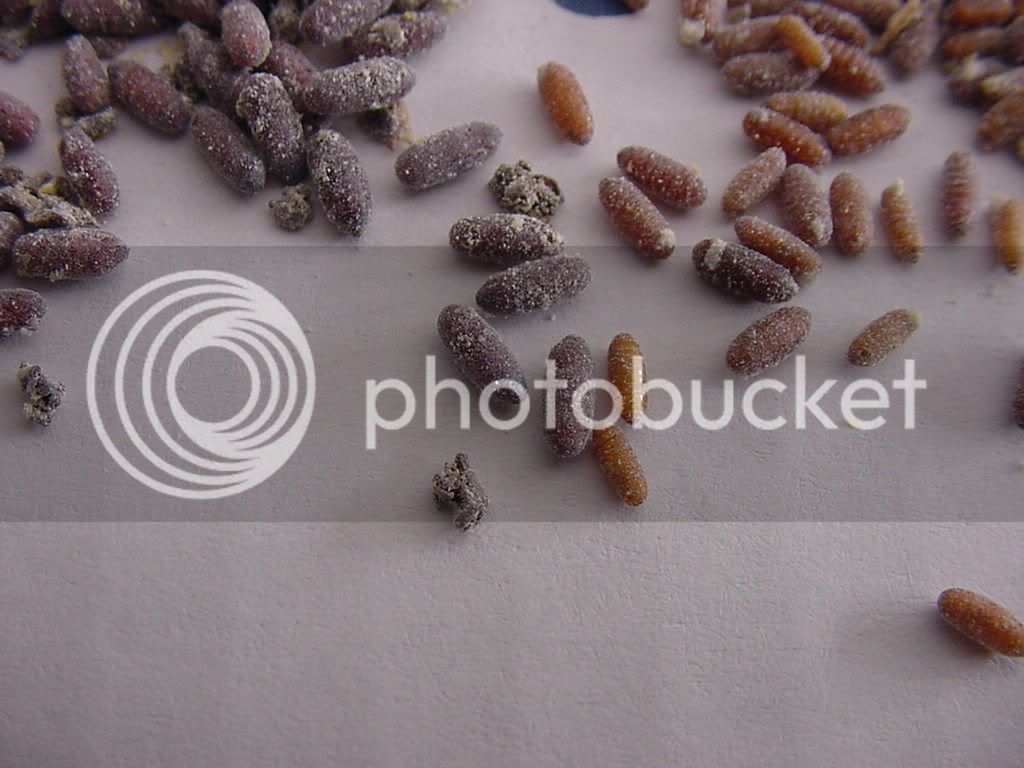revmdn
Well-known member
Awesome.










Are they the small ones? You sent a small cup that has very small pupa in it. I was at critical stage and since many of the bb's hatched in the box I was able to feed everyone. Usually I hate when that happens but this time it was a good thing. :lol:So those of you who got the new flies, Let me know how u like them when they hatch!
So those of you who got the new flies, Let me know how u like them when they hatch!
I like 'em Rebecca, and they like me. The adults aren't noticeably different in size from the others. I'm training them for the Great Fly Food Experiment starting tomorrow!So those of you who got the new flies, Let me know how u like them when they hatch!